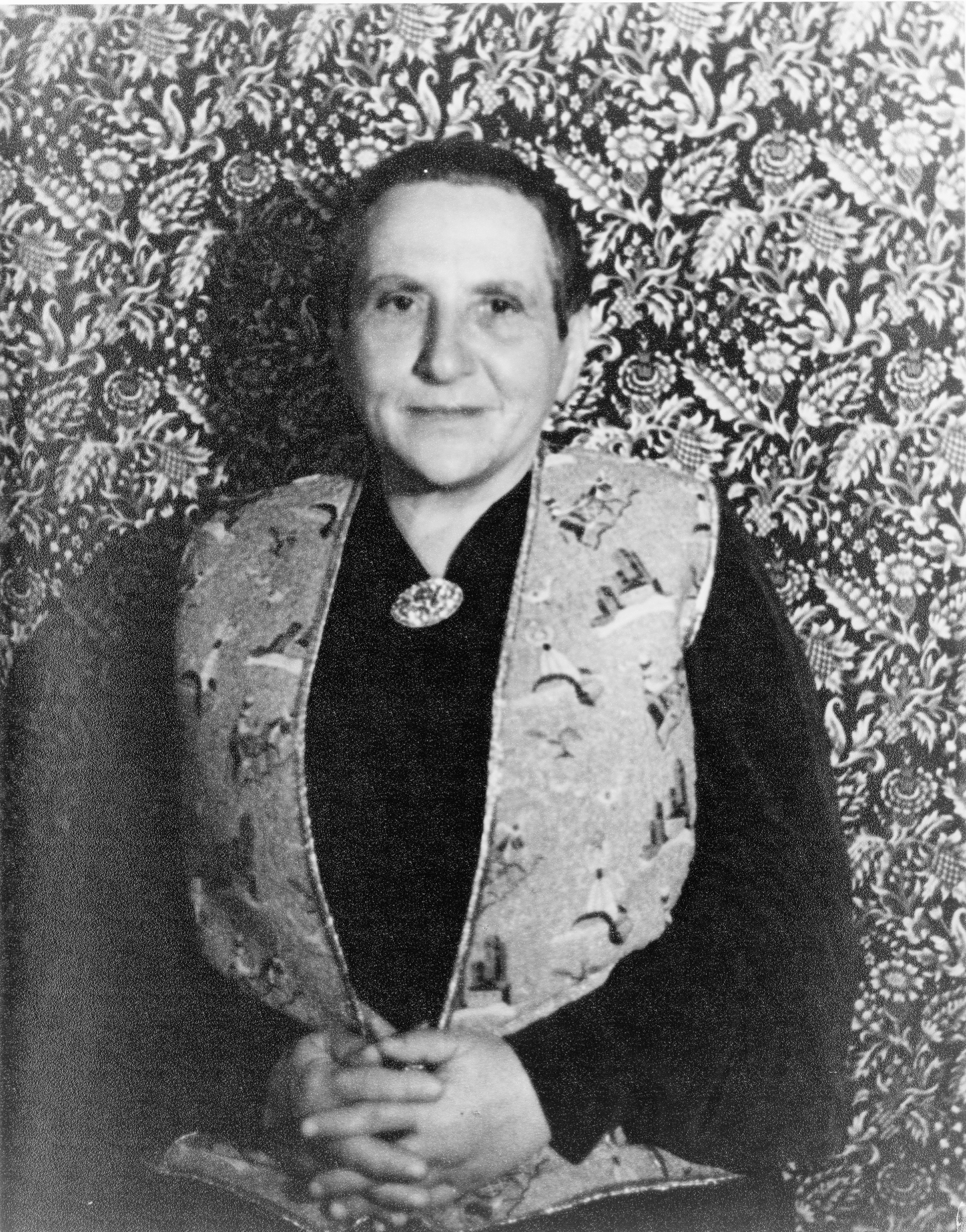,_oil_on_canvas,_38.5_x_46.0_cm,_Art_Gallery_of_Ontario,_Toronto,_Canada.jpg)
Pablo Picasso stands as a towering figure in 20th-century art, recognized for his groundbreaking styles and significant influence on modern art, with over 13,500 paintings and around 100,000 prints and engravings to his credit. His artwork is celebrated worldwide, with dedicated institutions like Museu Picasso in Barcelona and Musée Picasso in Paris showcasing his extensive and prolific contributions to the art world.

1. **The Old Guitarist**: Completed in the early 20th century, “The Old Guitarist” is a captivating piece from Picasso’s “blue period.” Displayed at the Art Institute of Chicago, it portrays a figure that is gaunt and exhausted, immersed in shades of blue that convey themes of poverty and suffering. Interestingly, it became the first Picasso painting to be permanently exhibited in a U.S. museum.

2. **Garçon à la Pipe**: This painting marked Picasso’s transition into his “rose period,” showcasing a youthful figure adorned with a floral headpiece and surrounded by bright ochres and pinks. Sold for an astounding $104.1 million in 2004, it became one of Picasso’s most recognized works despite mixed critical reception.

The portrait of Gertrude Stein is a pivotal work in Picasso’s career, showcasing early cubism through its simplistically formed masses, and now resides in the Metropolitan Museum of Art as a testament to Picasso’s evolving artistry.

Located at MoMA, ‘Girl Before a Mirror’ is a vibrant exploration of self-reflection and identity, using a colorful cubist style that captivates viewers, and it remains among Picasso’s cherished works, highlighting his cubist mastery.

5. **Guernica**: Housed in the Museo Reina Sofía in Madrid, “Guernica” is an iconic anti-war painting that depicts the horrors of the bombing of the Basque town during the Spanish Civil War. Its powerful imagery and muted tones convey the chaos and tragedy of war, making it one of the most famous paintings in history.

Tate Modern houses ‘The Weeping Woman,’ regarded as a powerful sequel to ‘Guernica,’ delving into the emotional aftermath of war through the lens of a grieving woman, who happens to be Dora Maar, Picasso’s lover and a vital influence in his art and life.

Beyond his artistic genius, Picasso was a man of deep political convictions, aligning with the Communist Party, which greatly informed his work. His iconic piece ‘Guernica,’ a poignant reaction to the atrocities of the Spanish Civil War, serves as a powerful anti-war symbol that continues to resonate globally for its emotional weight.

Picasso’s romantic life, fraught with chaos and controversy, has intrigued many, featuring relationships with notable women like Dora Maar and Marie-Thérèse Walter. These tumultuous connections profoundly impacted his artistic expressions, vividly depicted in works like ‘The Weeping Woman,’ capturing both his emotional struggles and complex views on femininity.

9. **Picasso’s Misogyny**: The artist’s treatment of women has sparked considerable debate, particularly in the context of today’s #MeToo movement. Critics point to his depiction of women in his art and personal life as evidence of misogynistic tendencies. The bold and often unsettling portrayals of women in paintings such as “Les Demoiselles d’Avignon” reflect a complex relationship with femininity, which continues to provoke discussion about the intersection of his personal beliefs and artistic expression.

Art institutions worldwide are seizing the moment to investigate the more contentious facets of Picasso’s legacy as they commemorate his life, such as the Brooklyn Museum’s ‘Celebration Picasso,’ which bravely addresses his complicated relationships with women, fostering a rich dialogue about his influence in modern contexts.

11. **Picasso’s Legacy in Modern Art**: Despite the controversies, Picasso’s influence on modern art is indisputable. His pioneering work in cubism and abstract art paved the way for future generations of artists. Museums and galleries worldwide continue to celebrate his creative genius through exhibitions that explore the breadth of his contributions to art, reaffirming his status as a pivotal figure in art history.

The economic ramifications of Picasso’s artistry are staggering, with his works commanding some of the highest prices at auction, such as ‘Les Femmes d’Alger,’ which sold for astronomical sums, illustrating the lasting allure and value of his contributions to the art market, firmly establishing him as a figure of artistic and financial success.

Beneath Picasso’s public acclaim lay personal struggles with identity and belonging, as he navigated life between Spain and France, often mirroring his work with themes of cultural duality. From the melancholic hues of his Blue Period to the joyous tones of his Rose Period, each phase reveals different aspects of his journey through life.

14. **A Legacy Under Scrutiny**: As we mark the 50th anniversary of Picasso’s death, his legacy undergoes rigorous examination. While his artistic achievements are celebrated, the ongoing debates about his personal life and treatment of women present a more complex narrative. This scrutiny does not diminish his contributions but instead offers a richer, more multifaceted understanding of Picasso as both an artist and a man.

As we delve into Picasso’s life and work, we uncover a tapestry of brilliance intertwined with controversy, reminding us of the intricate complexities that define his character. His enduring legacy challenges and captivates us, showcasing the remarkable power of art to inspire thought and resonate through generations.
Related posts:
Famous Picasso paintings: 7 works that captured our imagination
Picasso 50 years on: can art be separated from artist?
‘The Same, But Grey’: Pablo Picasso on How To Handle a Mid




